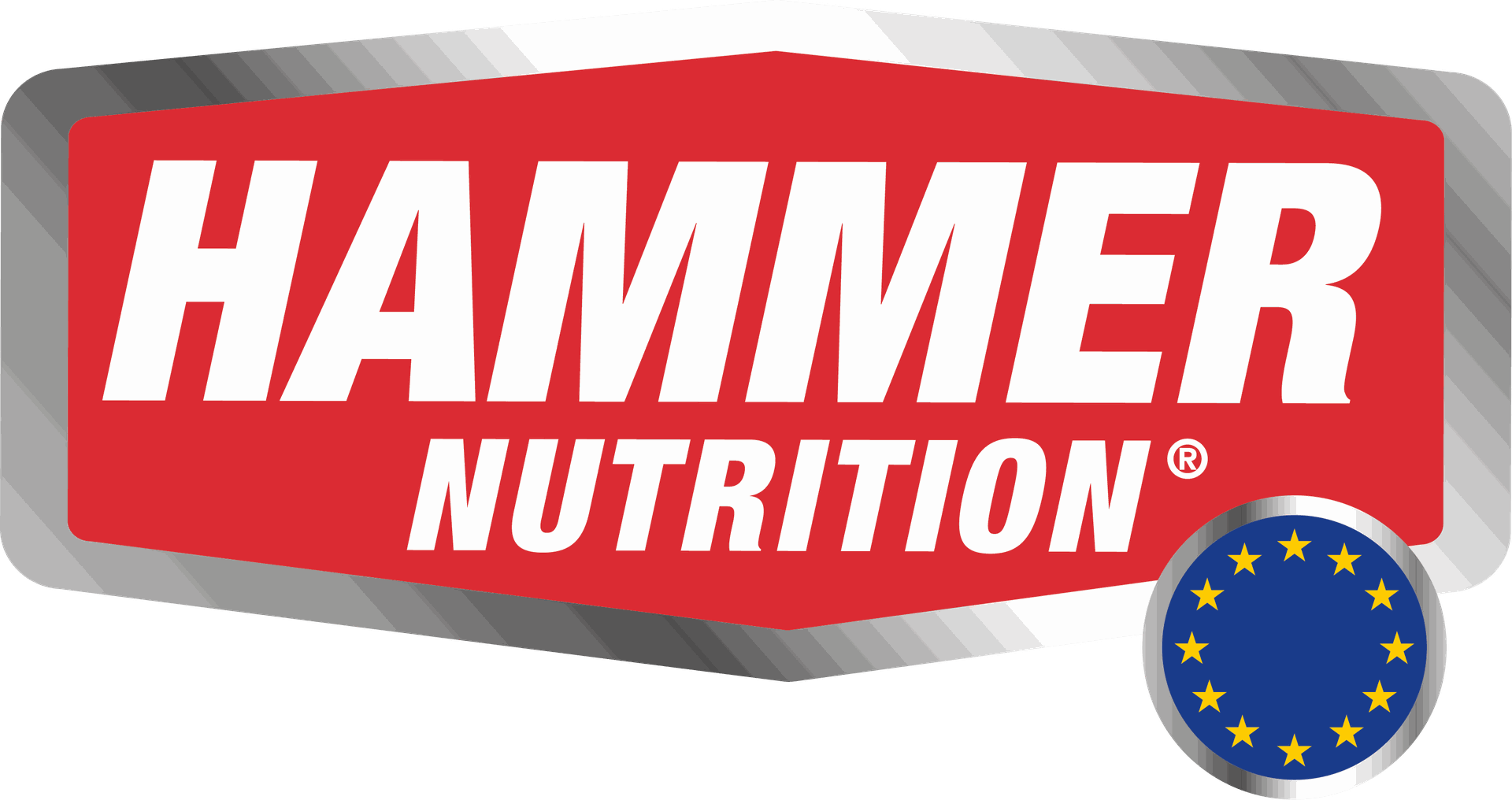HAMMER Nutrition Fueling Expert Steve Born says...
It's March and you might be wondering if carbo loading makes any sense now with major competitions weeks or even months away (especially here in Europe). But listen, I'm convinced that the concept works and that you can noticeably improve your training quality and competition performance through consistent application. And by the way, while you're stocking up on carbs, you're also doing something just as important, if not more important: you're maximizing your recovery between workouts and competitions.In my opinion, the only way to eat carbs is to do it STEP by STEP. Imagine not starting your training season with extremely long runs, hill intervals and high-intensity tempo training, but rather covering baseline kilometers and gradually increasing the duration and intensity of your training to slowly acclimate your body to the load and over time weeks to get fitter. Likewise, you don't start training a week before a competition, do you? Of course not! These examples can also be applied to carbo loading, which essentially means maximizing your muscle glycogen stores.”
Muscle Glycogen: The fuel source for your athletic performance
Muscle glycogen - a term that may not be immediately familiar to many of us. But when it comes to athletic performance, it's a key source of energy that our bodies draw on. In the first 60-90 minutes of a workout or competition, muscle glycogen is the primary fuel for your muscles. It is a complex carbohydrate containing thousands of glucose units in branched chains. Once your muscle glycogen stores are depleted, your body must turn to other sources of energy, such as stored fat and carbohydrates and proteins consumed during exercise. But muscle glycogen is a limited and valuable resource that you should use as effectively as possible to achieve the best possible athletic performance. Studies have shown that muscle glycogen is the primary source of fuel before exercise and that it pays to ensure your glycogen stores are fully replenished before you compete.
Maximizing Glycogen Stores Is Really Simple: Here's All You Need To Do!
1. Train intelligently and continuously. → SOS brochure
2. Top up your tank with quality carbohydrates and protein immediately after your workout. → Recoverite
That's it! That's what "carbo-loading" is all about. It's not about what you eat (or how much) the week before the event/race, nor what you eat (or how much) the night before the event/race. It's about replenishing carbs and protein in the first 0-30 minutes (the sooner the better) after ALL your workouts in the weeks and months leading up to the event/race.Remember what I said earlier about training - you're not trying to achieve fitness all at once; it's a gradual process. Also, you don't wait until the week before the event/race to build up the necessary fitness. The same goes for maximizing muscle glycogen stores ("carbo-loading"). It's a gradual process that takes several weeks and it's a process that can't really be accomplished in the week leading up to an event/race.
How Does Maximizing Muscle Glycogen Stores Work?
Together with insulin, which regulates the blood sugar level of ingested carbohydrates, the enzyme glycogen synthase converts carbohydrates from food or sports nutrition into glycogen and stores it in muscle cells. This also drives the muscle repair and rebuilding process. However, in order to maximize the recovery process, one must utilize glycogen synthase when it is most active. Carbohydrate replenishment as soon as possible after exercise, when the body is most receptive to carbohydrate uptake, maximizes both glycogen synthesis and storage.The intake of protein along with carbohydrates is also extremely important in the glycogen restoration process. Protein is naturally needed for muscle tissue repair and to support strong immune system function, but research shows that "the addition of protein to carbohydrate supplementation increased the rate of glycogen storage by approximately 38% in the first 4 hours of recovery".
REFERENCE: The often used phrase "strike the iron while it's hot" is absolutely truehttps://pubmed.ncbi.nlm.nih.gov/29473893/https://www.ncbi.nlm.nih.gov/pmc/articles/PMC3905295/






